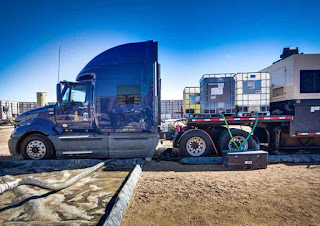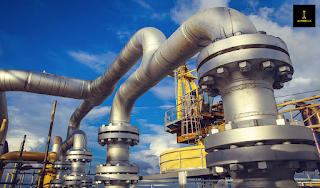What Types of Crude Oil Lab Tests & Why?
When crude oil
is extracted from earth crust, it needs to be tested for quality. It is also
known as a crude oil assay which is the chemical evaluation of crude oil
feedstock. No two crude oil types are identical, They have unique chemical and
molecular characteristics. By collecting assay data, it helps to determine
whether a crude oil feedstock is compatible with a particular petroleum
refinery. It is a comprehensive assay.
Types of Tests
& Why
API Gravity
The American
Petroleum Institute gravity stands for API which is a measurement of how light
or heavy a petroleum liquid compared to water. If the measurement result comes
more than 10, the oil is lighter than water, so it floats. If the measurement
is less than 10, the oil is heavier than water, so it sinks. It is associated
with the density of crude oil,
Asphaltene
The molecular
substance found in crude oil, diesel fuel, lubricating oil, bitumen and gas
oil. The molecule has the highest molecular mass and carbon-hydrogen ratio. The
substance may cause a problem during the storage and handling of the oil when
the molecule is distributed through excess incompatibility or stress.
Acidity or Total
Acid Number (TAN)
TAN is expressed
in mg of KOH per g. It is to determine the presence of acid in the oil. The
presence of TAN to crude oil can cause corrosion problems. It is due to the
presence of the naphthenic acid causing corrosion. It is why the corrosion is
known as naphthenic acid corrosion or NAC. In the laboratory, a standard test
method is applied to know the presence of the chemical.
Carbon Residue
The content of
carbon in the crude oil is determined through various types of standard test
methods. These processes need heating of the sample. The carbon residue (coke)
forms after pyrolysis and evaporation of petroleum materials.
Cloud Point
In a crude oiltesting laboratory, the oil is examined for cloud point which is related to
the temperature below which wax in diesel or bio wax in biodiesels forms a
cloudy appearance. Solidified waxes make the oil thick and can cause clogging
in fuel filters or engines.
Smoke Point
It is related to the burning point where the temperature
reaches the level that can produce bluish smoke. Values can vary depending on
multiple factors such as the size of the container, presence of air, source of
light and acidity content.




Comments
Post a Comment